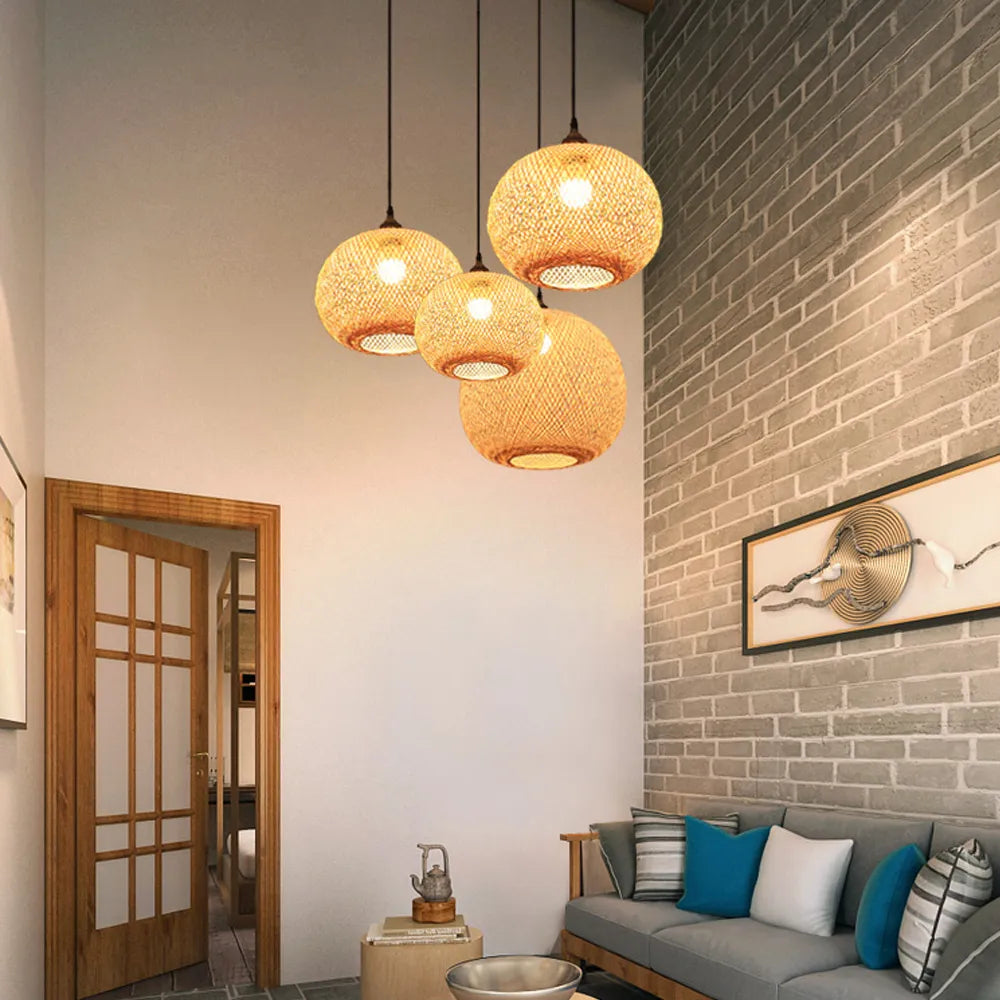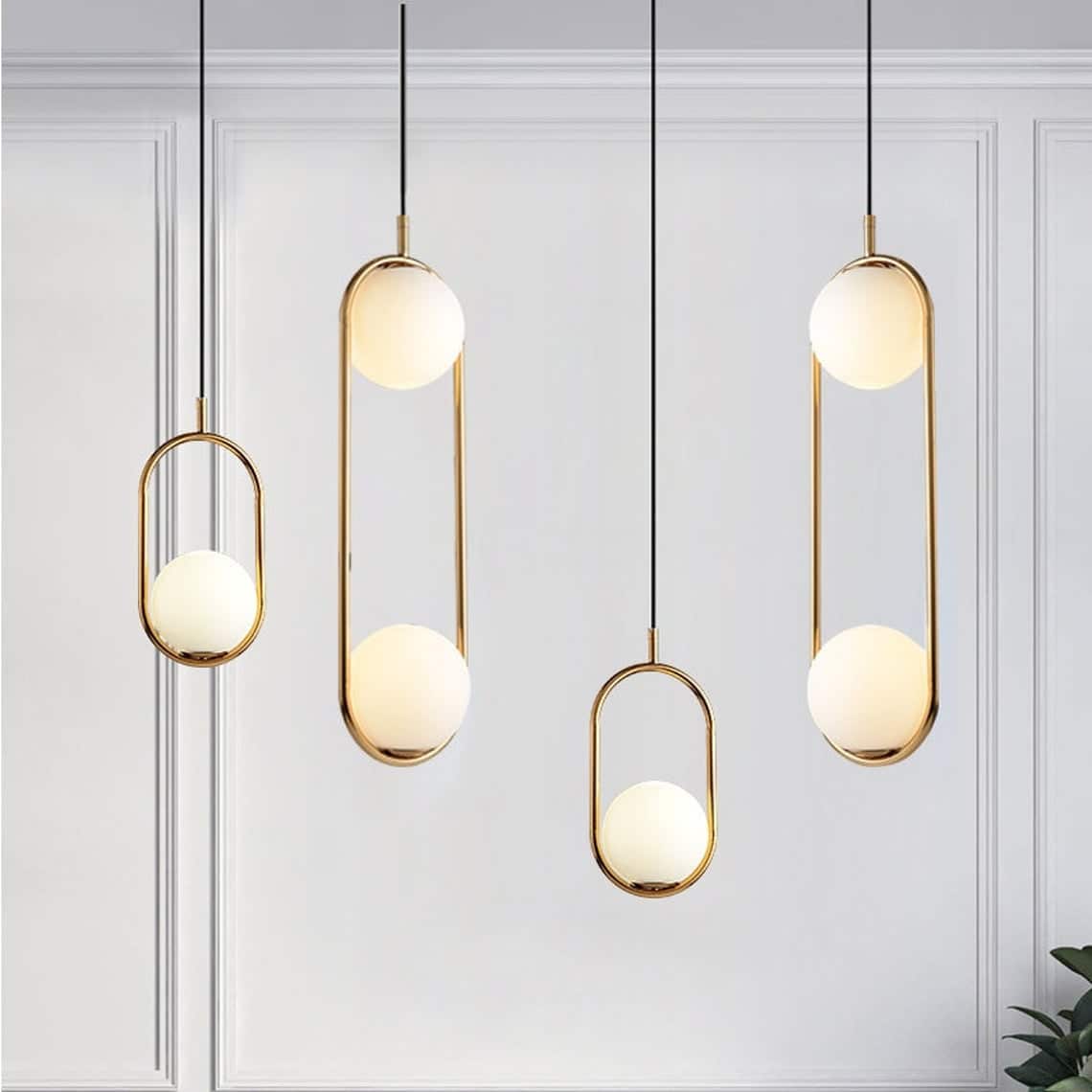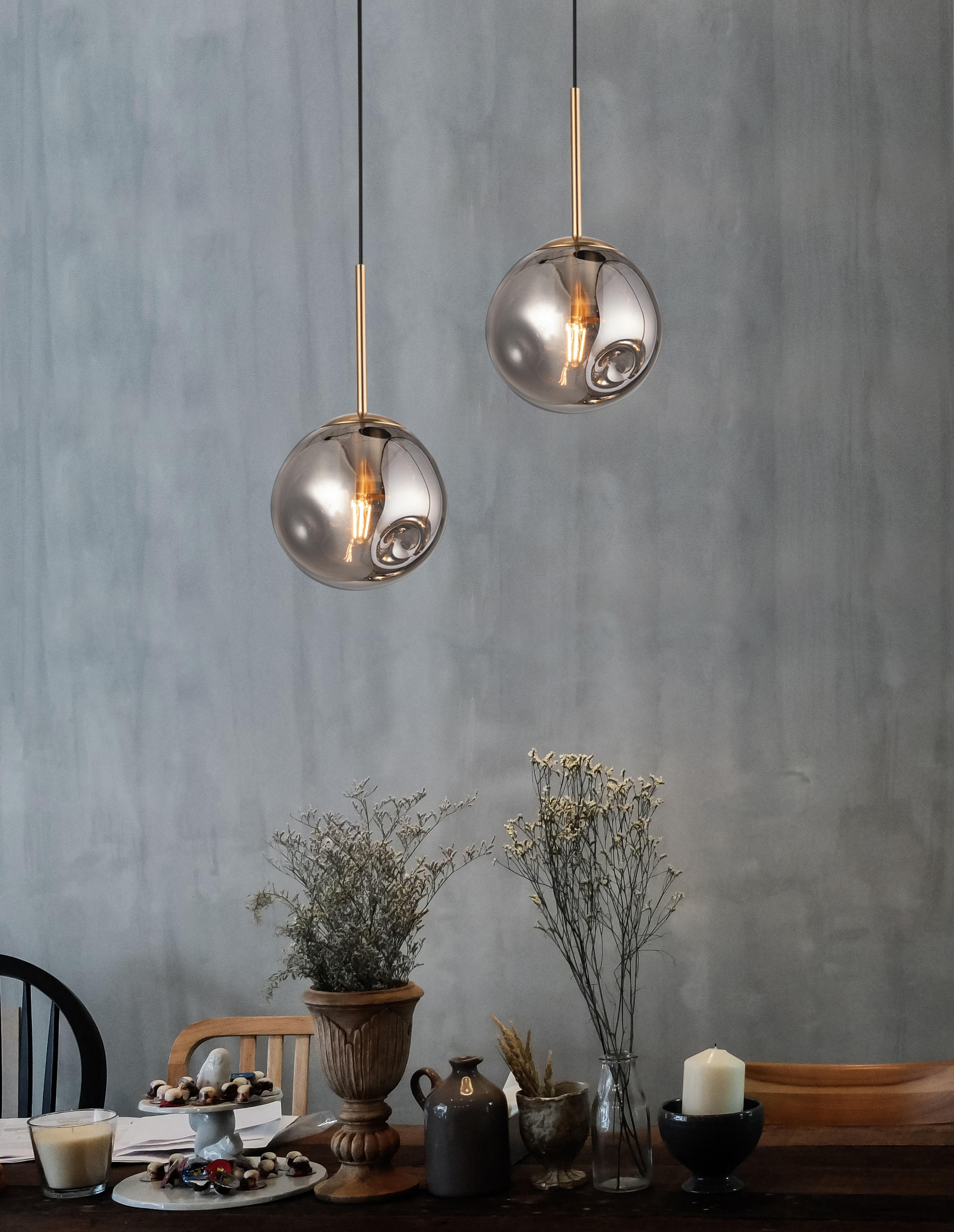Lighting is often overlooked when it comes to interior design, yet it plays a crucial role in creating ambiance and style in any space. Among the various lighting options available, decorative pendant lights have become increasingly popular, not just for their functionality but also for their aesthetic appeal. In this comprehensive guide, we’ll delve into the world of decorative pendant lights, covering everything from styles and installation tips to their pros and cons, ensuring that you can make an informed decision for your home.
What Are Decorative Pendant Lights?
Decorative pendant lights are hanging light fixtures that are suspended from the ceiling, often by a cord, chain, or rod. These fixtures come in a myriad of designs, sizes, and materials, allowing them to serve as both a source of light and a stylish decor element. Whether you’re looking to add a touch of elegance to your dining room or a cozy vibe to your kitchen island, decorative pendant lights can fulfill that role beautifully.
Types of Decorative Pendant Lights
Understanding the different types of decorative pendant lights can help you choose the perfect one for your space. Here are some popular styles:
1. Modern Pendant Lights
Characterized by clean lines and minimalist designs, modern pendant lights are a testament to contemporary aesthetics. They are perfect for those who appreciate understated elegance.
2. Industrial Pendant Lights
With their raw, unfinished look, industrial pendant lights are inspired by repurposed factory fixtures. They add a rugged charm to urban and loft-style spaces.

3. Vintage Pendant Lights
Vintage pendant lights bring a nostalgic feel to your home. These fixtures often feature ornate designs and are perfect for adding character to traditional or eclectic interiors.
4. Crystal Pendant Lights
If you’re looking to add a touch of luxury, crystal pendant lights are an excellent choice. Their shimmering crystals reflect light beautifully, creating a stunning focal point.

5. Glass Pendant Lights
Glass pendant lights come in various colors and shapes, making them versatile decor elements. They can suit both modern and traditional interiors.
Comparison of Pendant Light Styles
| Style | Characteristics | Best For |
|---|---|---|
| Modern | Sleek, minimalist | Contemporary spaces |
| Industrial | Rugged, raw materials | Loft-style, urban |
| Vintage | Ornate designs | Traditional, eclectic |
| Crystal | Luxurious, reflective | Formal dining, elegant spaces |
| Glass | Colorful, versatile | Any style |

Choosing the Right Decorative Pendant Light for Your Space
Now that you’ve familiarized yourself with the different styles of decorative pendant lights, here are some essential tips to help you choose the right one:
1. Consider the Room Size
The size of the pendant light should be proportional to the size of the room. A large pendant can overwhelm a small space, while a tiny fixture may get lost in a large room. Use the following guideline to determine the ideal diameter of your pendant light:
- Measure the room’s length and width in feet.
- Add those two numbers together.
- The resulting number (in inches) represents the diameter of the pendant light you should select.

2. Think About the Height
When hanging pendant lights, consider the height of your ceiling and the function of the space. A general rule is to hang the pendant 30 to 36 inches above a dining table. In kitchens, hang them 28 to 34 inches above the countertop.
3. Match Your Style
Ensure the pendant light complements the overall decor of the room. For example, a sleek modern light might look out of place in a rustic farmhouse kitchen.

4. Choose the Right Bulb
The type of bulb you select will impact the ambiance of the room. LED bulbs are energy-efficient and long-lasting, while incandescent bulbs offer a warm glow. Consider dimmable options for versatility.
Installation Tips for Decorative Pendant Lights
Installing decorative pendant lights can be a rewarding DIY project. Here are some essential tips to guide you through the process:

1. Gather Your Tools
Before you begin, ensure you have all the necessary tools, including:
- Screwdriver
- Wire stripper
- Voltage tester
- Wire nuts
2. Turn Off the Power
Safety first! Turn off the power at the circuit breaker to avoid any electrical accidents while installing your pendant light.

3. Remove the Old Fixture
If you’re replacing an existing light, carefully remove it by unscrewing the fixture and disconnecting the wires. Use the voltage tester to ensure the wires are not live.
4. Connect the New Fixture
Follow the manufacturer’s instructions for connecting your new pendant light. Generally, you’ll connect the black (hot) wire to black, white (neutral) to white, and the green/bare (ground) wire to the grounding screw.
5. Secure and Test
Once connected, carefully tuck the wires into the electrical box and secure the fixture. Restore power at the circuit breaker and test your new pendant light.
Pros and Cons of Decorative Pendant Lights
Pros
- Enhances the aesthetic appeal of any room.
- Available in numerous styles to fit any decor.
- Offers versatile lighting options.
- Can serve as a focal point in a room.
- Energy-efficient options available.
Cons
- Can be expensive if you opt for designer models.
- Installation may require electrical work.
- Height adjustments may be necessary for optimal lighting.
- Dust and maintenance are required to keep them looking good.
- Some styles may not suit every room’s decor.
Personal Experience: Finding the Perfect Pendant Light
When I was redecorating my dining area, I faced the challenge of finding the right pendant light. I wanted something modern yet stylish that could create a warm and inviting atmosphere for family dinners. After researching and browsing online, I came across a stunning glass pendant light that perfectly matched my vision. It was the right size, and when I hung it above my dining table, it instantly transformed the space, making it feel more cohesive and elegant. I learned that investing time in choosing the right light fixture is just as important as selecting furniture or decor items.
Frequently Asked Questions (FAQs)
1. What is the best height to hang a decorative pendant light?
For dining areas, hanging the pendant light 30 to 36 inches above the table is ideal. For kitchen islands or countertops, aim for 28 to 34 inches above the surface.
2. Can I install a pendant light without an electrician?
If you are comfortable working with electrical connections and follow safety guidelines, you can install a pendant light yourself. However, if you’re unsure, it’s best to hire a qualified electrician.
3. What type of bulb is best for pendant lights?
LED bulbs are the best choice for pendant lights due to their energy efficiency and longevity. They are available in various color temperatures to suit your preferred ambiance.
4. Are pendant lights suitable for outdoor use?
Some pendant lights are designed specifically for outdoor use. Be sure to look for fixtures labeled as “outdoor” or “weather-resistant” for your patio or porch.
5. How do I clean and maintain my pendant lights?
To keep your pendant lights looking their best, dust them regularly with a soft cloth. For glass fixtures, use a glass cleaner, and for intricate designs, ensure you follow the manufacturer’s cleaning instructions.
Conclusion
Decorative pendant lights are an excellent way to enhance your home’s ambiance and style. Whether you prefer a modern look or vintage charm, there’s a pendant light to suit your taste. By taking into consideration the size, height, and style of the fixture, you can create a beautifully lit space that reflects your personality and complements your decor. Remember to enjoy the process of choosing and installing your decorative pendant lights, as they can make a significant impact on your home’s overall aesthetic.